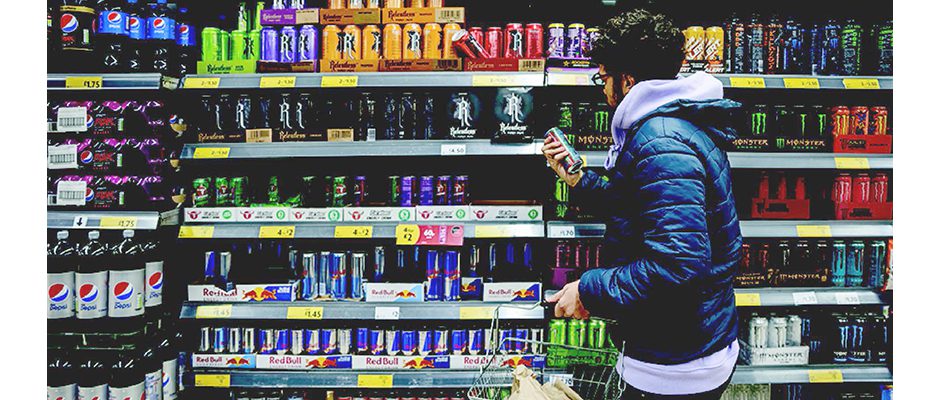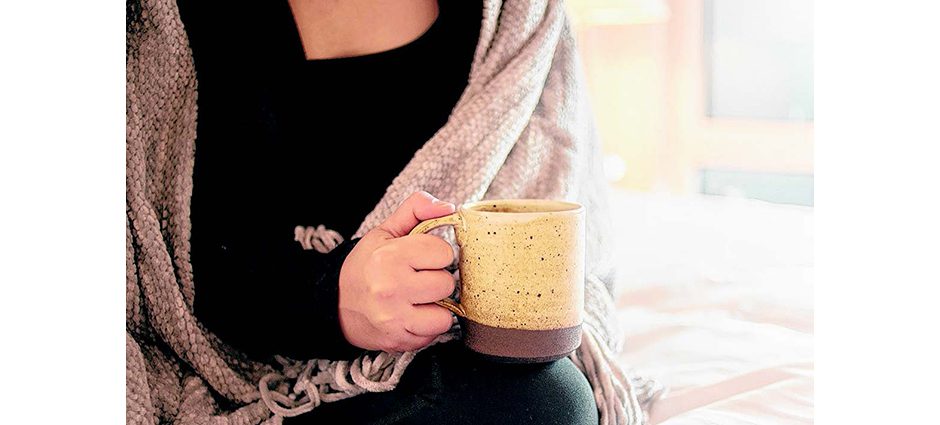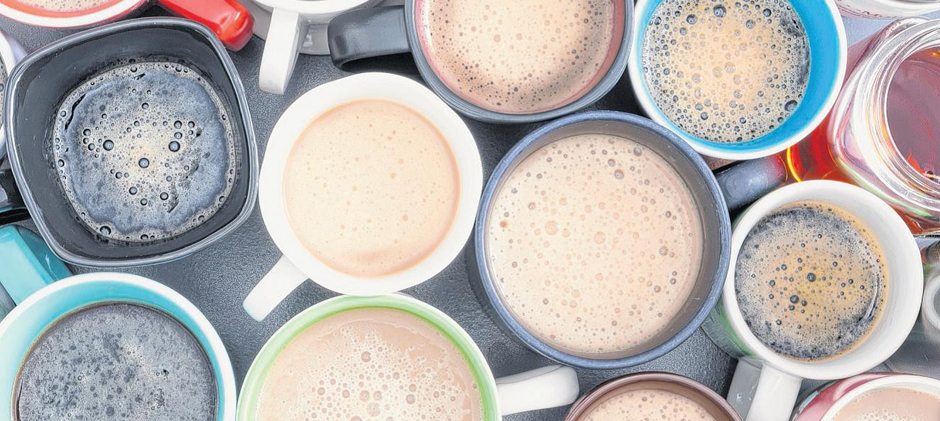
Saturday, Sept. 29, is National Coffee Day! The beverage, both in its iced and hot iterations, is a popular one in America, with more than 400 million cups of coffee consumed daily. That is more than 146 billion cups of coffee per year, which makes the United States the leading consumer of coffee in the world.
While some enjoy a nice mug of decaf, for the most part those cups of brew are caffeinated, and represent a significant portion of the 200 milligrams of caffeine the average American consumes daily, according to the United States Department of Agriculture (USDA). But it is not the only source as tea, cocoa, colas, energy drinks, chocolate, and some over-the-counter and prescription medications can contain caffeine.
Caffeine concentration varies, even between different strains of coffee bean. The USDA notes that Arabica beans, grown mostly in Latin America, have about one percent caffeine; Robusta beans, grown mainly in Africa and Indonesia, have about twice that much.
Estimated caffeine content from various sources, according to the USDA:
- Espresso coffee, brewed, 8 oz. cup: 502 mg
- Coffee, brewed, 8 oz. cup: 85 mg
- Coffee, instant, 8 oz. cup: 62 mg
- Coffee (decaffeinated), brewed, 8 oz. cup: 3 mg
- Coffee (decaffeinated), instant, 8 oz. cup: 2 mg
- Tea, brewed, 8 oz. cup: 47 mg
- Hot chocolate, 8 oz. cup: 5 mg
- Cola, 12 oz. can: 37 mg
- Energy drink, 12 oz. can: 80 mg
- Milk chocolate bar, 1.55 oz.: 9 mg
- Semi-sweet dark chocolate, 1 oz.: 20 mg
Considering the popularity of caffeinated beverages the world over, it’s comforting to know that the drug’s negative effects appear to be minimal – limited to temporarily higher blood pressure and mild withdrawal symptoms in moderate users. So, sit down and raise a cup of your favorite brew this National Coffee Day!





